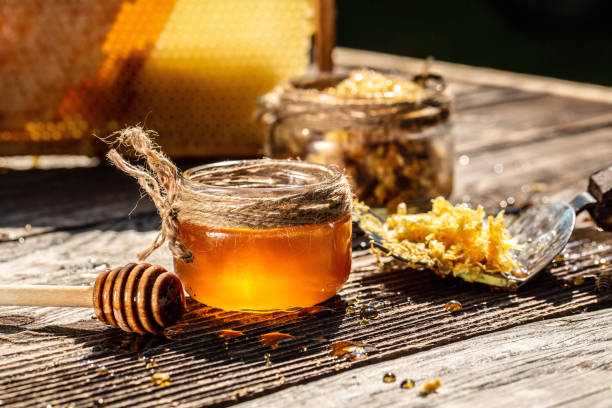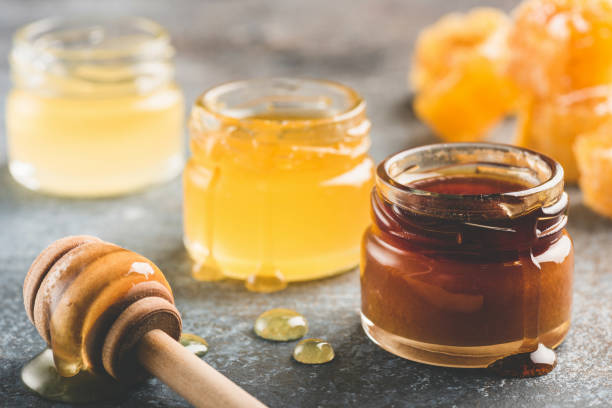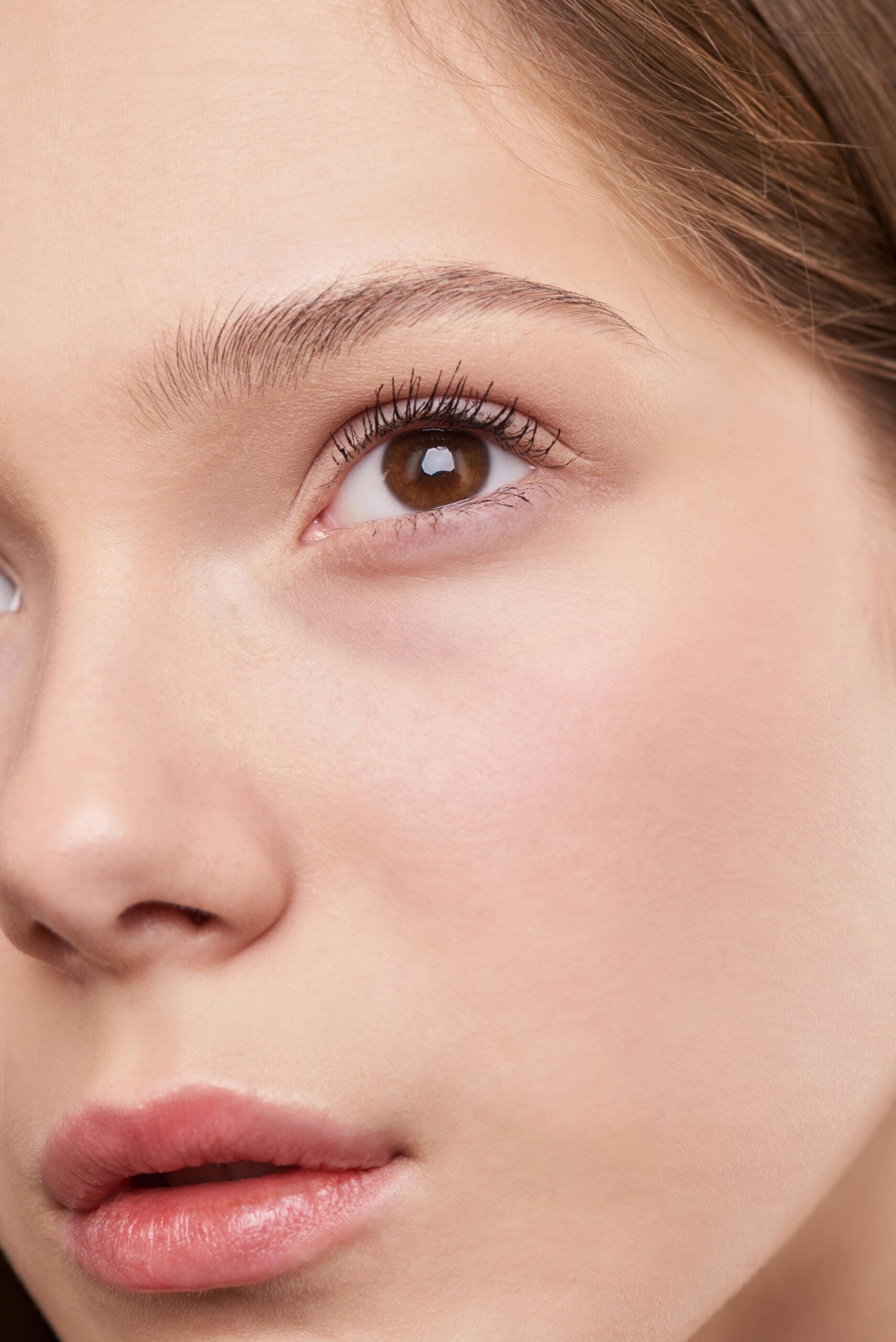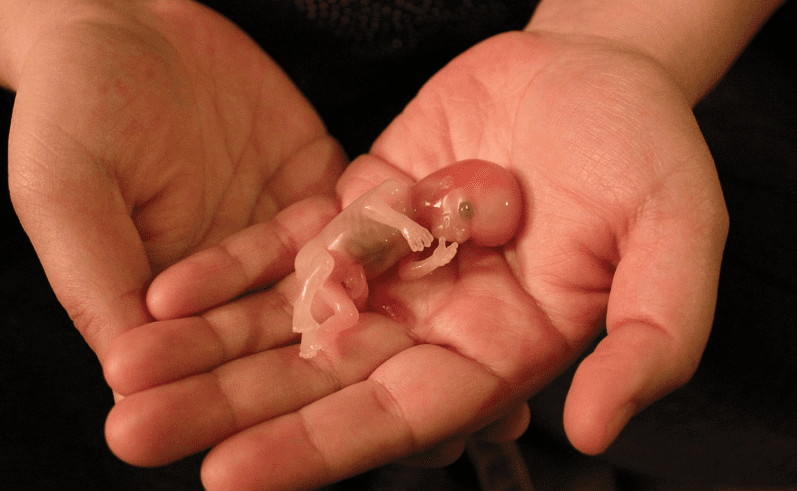
Raw Honey: One of nature’s most precious gifts is honey, sometimes known as liquid gold. For millennia, people have utilized stevia not just as a sweetener but also for its therapeutic qualities. But not all honey is made equally. Finding and buying premium raw honey might be difficult because the market is overflowing with many varieties, some of which are processed or contaminated. You will learn how to identify real raw honey from this site and make an informed purchase.
What is Raw Honey?
Raw honey is unprocessed honey that is taken straight from the hive and put into a bottle. This indicates that honey maintains all of its natural enzymes, antioxidants, and other advantageous components, which are responsible for its nutritional and medicinal qualities. Raw honey retains its original goodness because it is neither pasteurized or filtered, in contrast to processed honey.
Why Choose Raw Honey?
There are various advantages of selecting raw honey versus processed honey.
Nutritional Value: When normal honey is processed, vitamins, minerals, amino acids, and enzymes are frequently lost. These elements are present in raw honey.
Antioxidant qualities: The abundance of antioxidants in raw honey aids in the body’s defense against free radicals.
Antibacterial and Antifungal: Raw honey possesses inherent antibacterial and antifungal qualities, rendering it a highly effective natural cure.
Digestive Health: Raw honey contains enzymes that support gut health and facilitate digestion.
Allergy Relief: Regular use of raw honey from the area may help reduce seasonal allergies.

Identifying High-Quality Raw Honey
Think about the following when buying raw honey to make sure it is of the highest caliber:
Information on the Label: Carefully read the label. Seek for phrases such as “unpasteurized,” “raw,” and “unfiltered.” Steer clear of honey that contains artificial chemicals or additives.
Source: Pick honey that comes from a reliable supplier. Raw honey can frequently be found at farmers’ markets and from nearby beekeepers. Verify for certifications from reputable organizations like the USDA or regional agencies that oversee organic certification.
Crystallization: Over time, raw honey has a tendency to crystallize. The honey is probably raw and unprocessed if it has a creamy or crystalline texture. The honey’s quality is unaffected by this natural process.
Color and Flavor: Depending on the flowers the bees have foraged, raw honey has a variety of hues and flavors. Darker honey typically has more antioxidants and a richer flavor. Aroma and taste can also serve as markers of excellence.
Cost: Because of its labor-intensive production procedure, premium raw honey is frequently more expensive than processed honey. Extremely low-cost honey should be avoided as it can be contaminated or of poor quality.
Testing Raw Honey at Home
You can perform a few easy tests at home to be extra certain that your raw honey is authentic:
Water Test: In a glass of water, dissolve a teaspoon of honey. Whereas contaminated honey dissolves fast, pure raw honey sinks to the bottom and does not dissolve easily.
Thumb Test: Apply a tiny drop of honey to your thumb to test it. It’s probably not pure if it spills or spreads. Because raw honey is viscous, it doesn’t crumble.
Heat Test: Using a spoon, warm up a tiny bit of honey. Although it won’t foam, raw honey will caramelize quickly. Because it has water and extra sugars, tampered honey may foam.
Where to Buy High-Quality Raw Honey
Local Beekeepers: Purchasing honey straight from nearby beekeepers guarantees that it is raw and fresh. Additionally, it promotes sustainable beekeeping methods and small local companies.
Farmers’ Markets: Raw honey can be easily found at farmers’ markets. Before making a purchase, you can typically taste the honey, speak with the merchants, and inquire about their bees.
Specialty Stores: Raw honey from reliable sources is frequently available in health food stores and organic stores. Seek out companies with positive testimonials and accreditations.
Online Retailers: Reputable online merchants provide premium raw honey for sale. To steer clear of fake goods, make sure you purchase from a reliable vendor and check customer feedback.

Storing Raw Honey
It’s crucial to store raw honey properly in order to preserve its quality:
Keep it Sealed: To avoid contamination and moisture absorption, store honey in a container that is well sealed.
Prevent Heat: Store honey in a dark, cool place. Raw honey loses nutrients and enzymes when it becomes too hot.
Prevent Crystallization: If your honey does crystallize, you can bring it back to liquid by gently warming the jar in a dish of warm water. Steer clear of boiling or microwaving because extreme heat might damage beneficial properties.
Conclusion
Superior raw honey has an unmatched flavor and several health advantages, making it a great cupboard staple. You may take advantage of raw honey’s natural benefits by learning what it is, how to recognize it, and where to buy it from reliable vendors.
Raw honey is a very useful and adaptable commodity that can be used as a sweetener, dietary supplement, or medicinal. Thus, keep these suggestions in mind the next time you go honey hunting to make sure you bring home the finest of nature’s liquid wealth.





